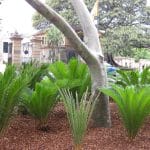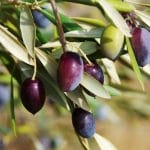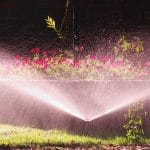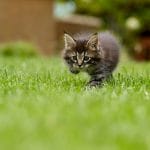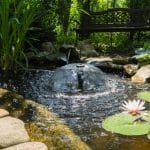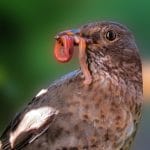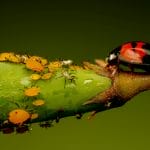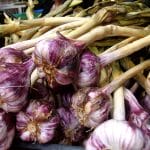Honey Bees in the Garden: Why They Matter and How to Welcome Them
Good Bugs
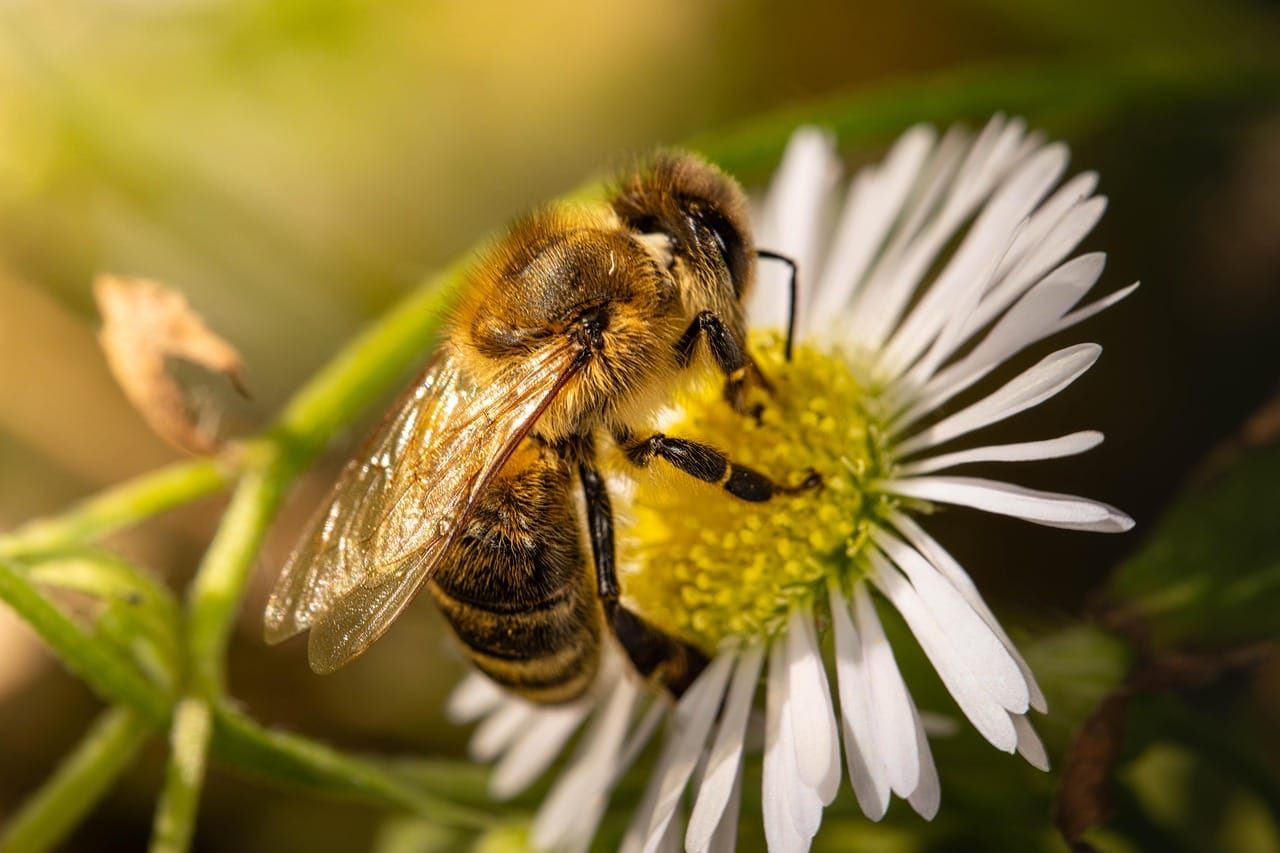
Most mornings, before I even notice the sun on the tomatoes, I hear the honey bees in the garden. That steady hum moving across the garden beds tells me the day’s work has started. Not mine — theirs. Bumblebees bumping into cosmos, honeybees crawling across the squash blossoms, tiny native bees darting so fast you almost miss them.
I’ll be honest — years ago, I was more worried about stings than anything else. Now, if I don’t see bees working the flowers, I start worrying for a different reason. A quiet garden feels wrong, like something’s missing.
Why Honey Bees in the Garden Deserve Your Respect
It’s simple: a lot of what we eat doesn’t happen without them. Cucumbers, melons, squash, apples, blueberries — bees move pollen from one flower to another and make fruit set. Miss that step, and you’re left with scraggly vines and empty blossoms.
Honeybees get the headlines, but they’re just one piece of the puzzle. Native bees — mason bees, leafcutters, sweat bees, bumblebees — do just as much work, often more. Some fly earlier in the morning, some work in cooler weather, some crawl right into the bloom and shake pollen loose with their whole bodies. Each has its own “job description,” and together they keep the garden humming along.
What Bees Eat
Nectar is their fuel, plain and straightforward — keeps them flying. Pollen is their protein — that’s what they carry back to feed their young. Watch closely and you’ll see it: a honey bee’s legs packed with bright yellow clumps like they’re hauling grocery bags home.
In my beds, bees seem thickest on:
- Sunflowers — they’re like open cafeterias.
- Lavender and oregano — once they bloom, it’s a nonstop party.
- Bee balm — bumblebees especially dive headfirst into the tubes.
- Cosmos and zinnias — long bloom time means steady traffic.
- Fruit trees in spring — a whole orchard can buzz like it’s alive.
If you want more bees, think about steady food. Something blooming in spring, plenty through summer, and a few late flowers into fall. It’s like keeping the pantry stocked year-round.
Where Bees Make Their Homes
Here’s the part that surprised me when I first learned it: most bees don’t live in hives. That’s honeybees and bumblebees. The rest — about 70% — are loners. They dig little tunnels in bare ground or tuck into hollow stems and wood.
If your garden is all mulch and trimmed edges, you might be pushing them out without realizing it. Leave a bit of bare soil here and there, or keep some stems standing through winter. Even something simple like a bundle of hollow sticks tied up in a corner can give solitary bees a place to raise the next generation.
How Long Do They Live?
Not long. Worker honeybees make it a few weeks in summer. Bumblebee workers last a bit longer, but whole colonies fade out by fall, leaving only new queens to carry on. Solitary bees live just long enough to mate, build nests, and lay eggs.
The queens are the marathoners. Honeybee queens can live a couple of years, and bumblebee queens tuck themselves away to survive winter. Everyone else — they burn bright and fast.
How to Get More Bees Buzzing in Your Yard
A few lessons I’ve picked up (sometimes the hard way):
- Big clumps beat single plants. One lavender isn’t enough. A patch, though — that’s a bee beacon.
- Choose simple flowers. Those fluffy double-petaled hybrids look nice, but hide or lack nectar and pollen.
- Skip the sprays. Even “organic safe” ones mess with bees. I lost a lot of pollinators the year I tried neem oil on squash. Lesson learned.
- Give them water. A shallow dish with pebbles does the trick. Bees need a safe perch to drink.
- Don’t over-manicure. Leave some clover, let a corner get messy, keep a few stems standing. Wildness has its place.
A Simple Water Spot for Bees
Do bees get thirsty like the rest of us? Yes, but they can’t touch down on open water without the risk of going under. The fix is simple: set out a shallow dish, toss in a handful of pebbles, gravel, or even a few broken bits of clay pot, and fill it so the tops stick out like little stepping stones.
They’ll land, take a drink, and get back to buzzing around the flowers. I keep one tucked by the veggie beds — barely any effort, and the place stays busier because of it.
A Few Bee Facts That Make Me Smile
- Bumblebees “buzz pollinate.” They vibrate inside flowers like tomatoes to shake pollen loose. Honeybees can’t pull off that move.
- Mason bees are so efficient that a handful can do the work of hundreds of honeybees. They’re messy pollinators, which is exactly what plants need.
- Bees can recognize human faces. Doesn’t mean they care who you are, but it shows how sharp they are.
- Honeybees dance to share directions. Literally, a figure-eight “waggle dance” tells the others where the good flowers are.
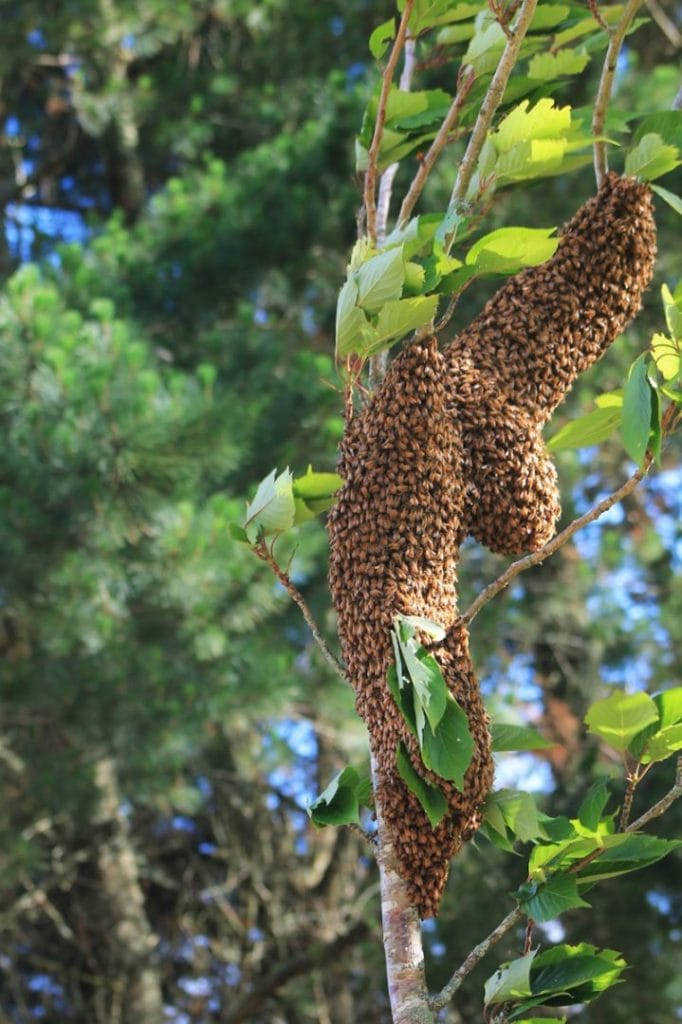
What to Do if You Find a Bee Hive
First thing — don’t panic, and don’t grab the spray. A hive isn’t a crisis unless it’s smack in the middle of where people are walking.
- Honeybees: If you spot a busy hive, call a local beekeeper or bee club. Many of them love getting the call — they’ll happily relocate the hive for free and give the bees a safe new home.
- Swarms: A clump of bees resting on a fence or branch is usually just a pit stop while scouts search for real housing. They’ll often move on in a day or two, or a beekeeper can come collect them. Swarms are usually at their calmest.
- Bumblebees or other natives: These might set up in the ground, an old log, or even a birdhouse. They only stick around for one season and aren’t usually aggressive. The best option is to let them finish out their cycle.
- Wasps and hornets: Different story. Beekeepers won’t touch these. If they’re in a bad spot, pest control may be your only choice.
👉 Bottom line: if it’s honeybees, reach out to a beekeeper — they’ll be glad you called. If it’s native bees, give them space to finish their short season. Spraying should be the last resort.
Quick Bee FAQ
How do I attract more bees to my garden?
Plant flowers in clumps, keep blooms going all season, avoid sprays, and provide water and nesting spots.
Do all bees live in hives?
No. Most are solitary and nest in the ground or hollow stems.
What flowers do bees like best?
Sunflowers, clover, lavender, oregano, mint, bee balm, cosmos, zinnias, and most fruit tree blossoms.
How long do bees live?
Workers live just weeks in summer. Queens can last through winter and sometimes up to a couple of years.
Are native bees as crucial as honeybees?
Yes. Native bees often pollinate more efficiently and cover plants that honeybees skip.
Share this post
All categories
More From The Garden
Disclosure: This post may contain affiliate links. That means if you click and buy, The Bright Garden may earn a small commission, at no extra cost to you. We only recommend products we’ve vetted and believe will benefit our readers.

